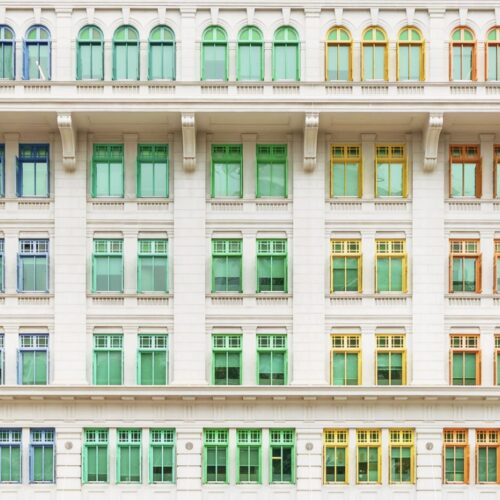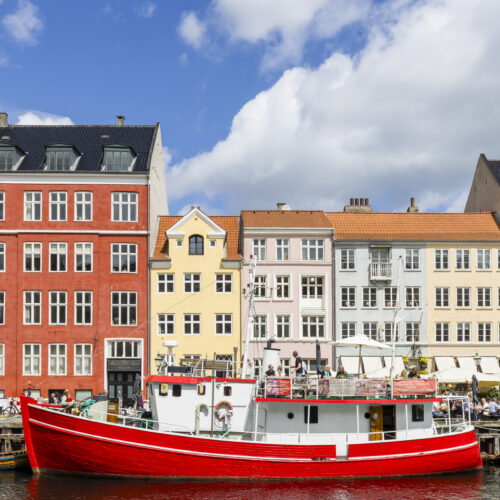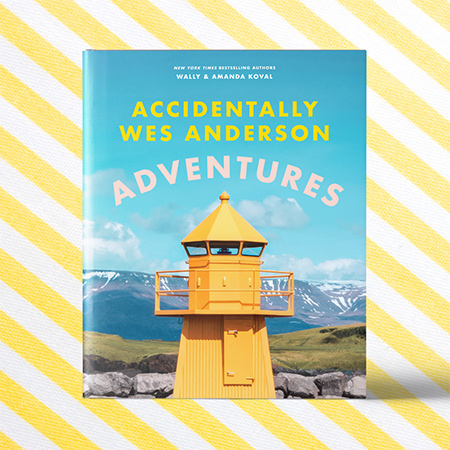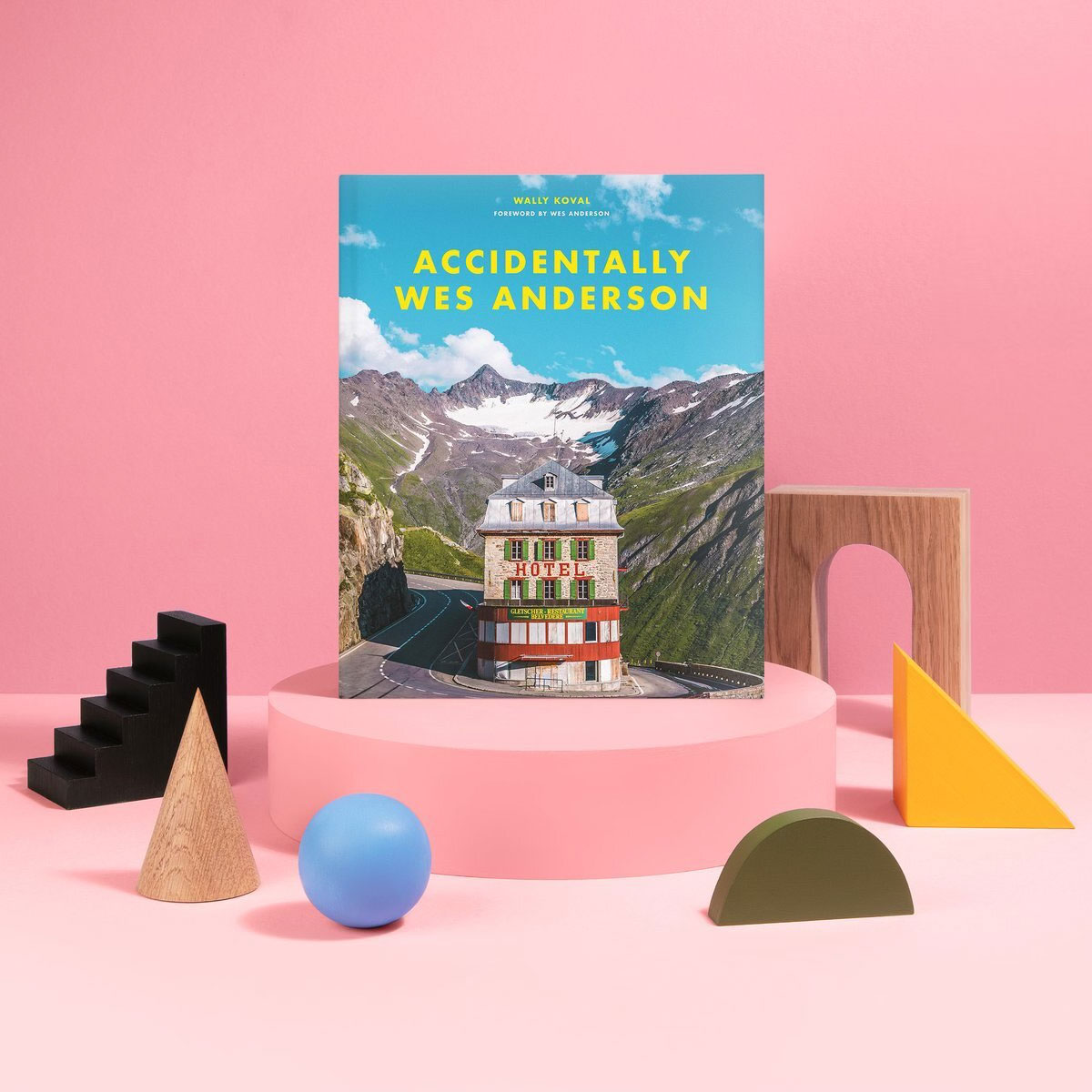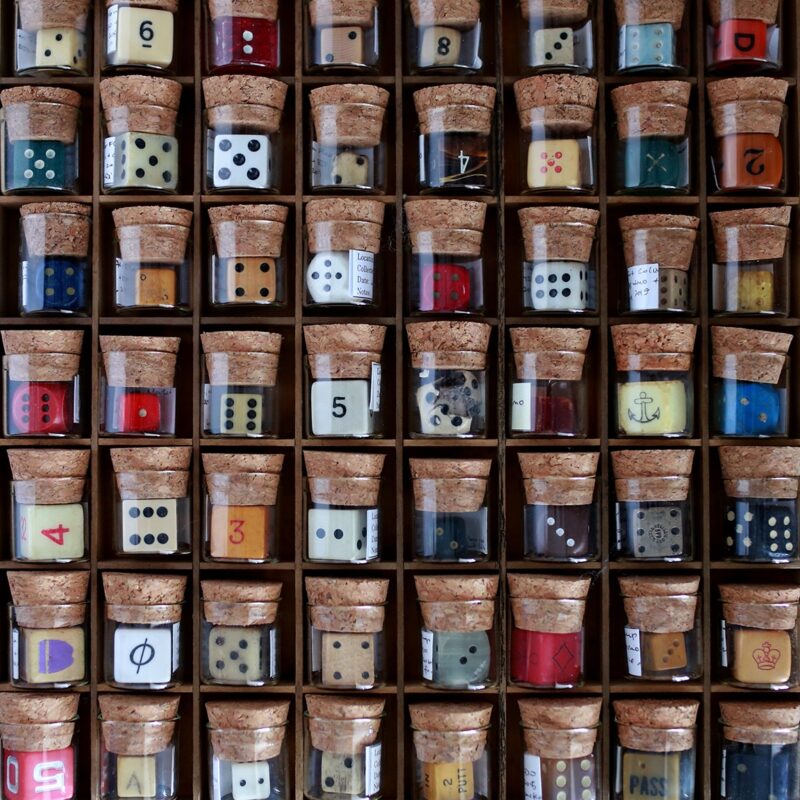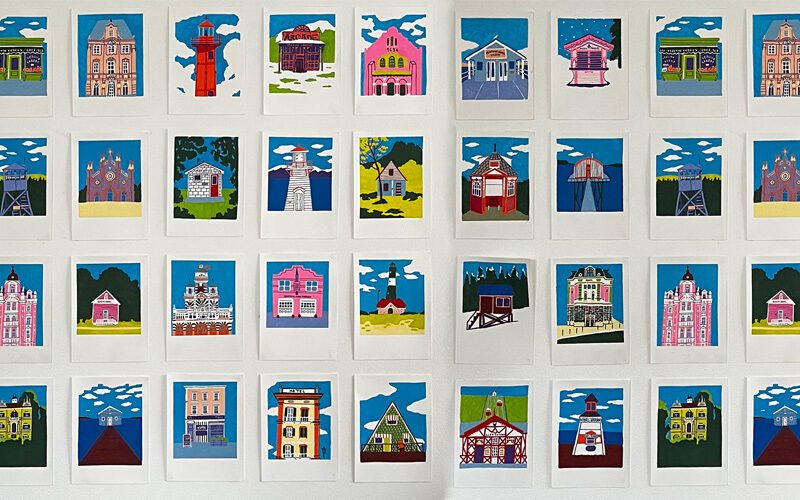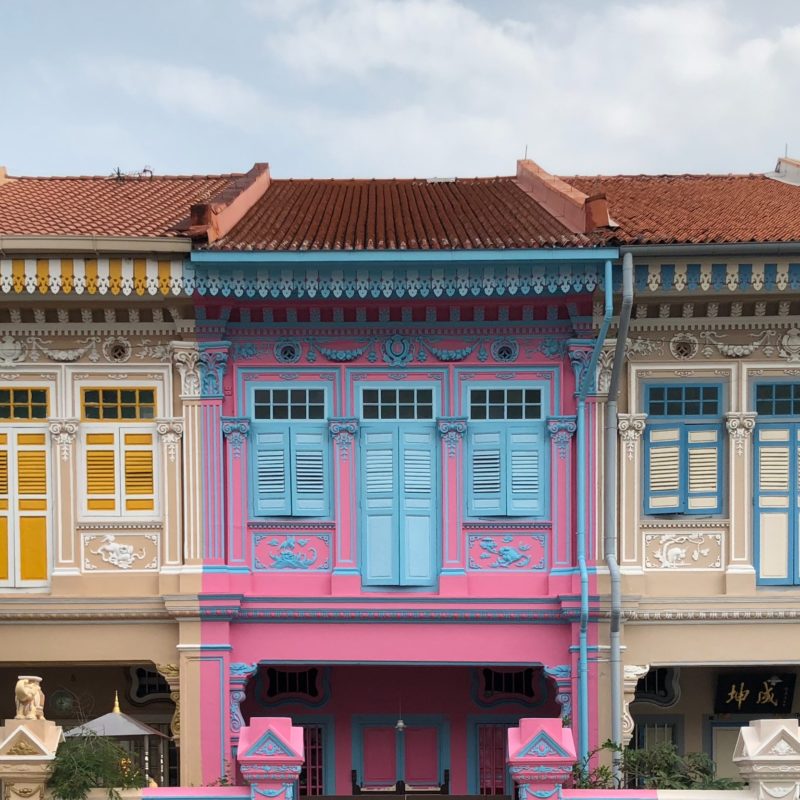These aren’t your everyday miniatures- but they do depict everyday things. Abi Trotman takes mini model making to a magical place with her eye for detail and a level of patience we may never achieve. Looking at photos of her work, you may mistake them for actual images of a home interior since her petite pieces are so realistic they look regular-sized! We’ve been following Abi’s craftwork for quite some time now, and finally decided we had to ask her a few questions about her work!

How did you discover skills for creating teeny models? Do you have a background in architecture or studio art?
My maternal grandmother introduced me to miniatures when I was very young as she was an avid collector and crafter herself. When I’d swoon over dollshouse miniatures in the shops she’d always encourage me to make my own versions instead of just buying them so I’ve been making miniatures since I was about 8. She’s the reason for my business name ‘Tobacco & Regrets’ too. As well as miniatures, she also loved smoking (!), so everything she gave me smelled of cigarette smoke and tobacco. This probably sounds disgusting to some people but it’s incredibly nostalgic for me and is the inspiration behind my whole aesthetic: I always want everything I make to look like it had a life, a character of its own and a story – soaked in memories and stained by human touch. I’ve been told a few times that my work looks like it’s all had the same ‘filter’ applied to it which I think is a perfect description of what I aim for: aged and tobacco-tinted. I studied Contemporary Textile Practice in University which gave me an excellent grounding in how different materials (wood, metal, fabric, paper, plastic, resin, plaster etc) can be used, manipulated and pushed, but I then started a career in arts administration and gallery/studio management. It wasn’t until 2021 that I decided to fully kick-start my arts career and choose to facilitate my own creativity, rather than other peoples’.
Ok, we have to ask, HOW do you get things to be so perfectly tiny? Everything you make looks like it was zapped with a shrink ray. Do you have special glasses, tiny tools, a steady hand, or maybe a teeny apprentice?
Practice, patience and persistence. It’s such a boring answer I know but it’s true. You can have the most powerful and precise tools in the world but unless you’ve spent the time analyzing, investigating and experimenting with scale and its effects, things just won’t look accurate. I cringe looking back on pieces I made a few years back but it’s because I learn something new EVERYTIME I make something new. I make mistakes all the time but I learn from every one of them and never give up trying to improve what I’m making. When I look at a piece of my work and don’t see any way I could improve it or learn from it, it’s clearly time to give up making miniatures.
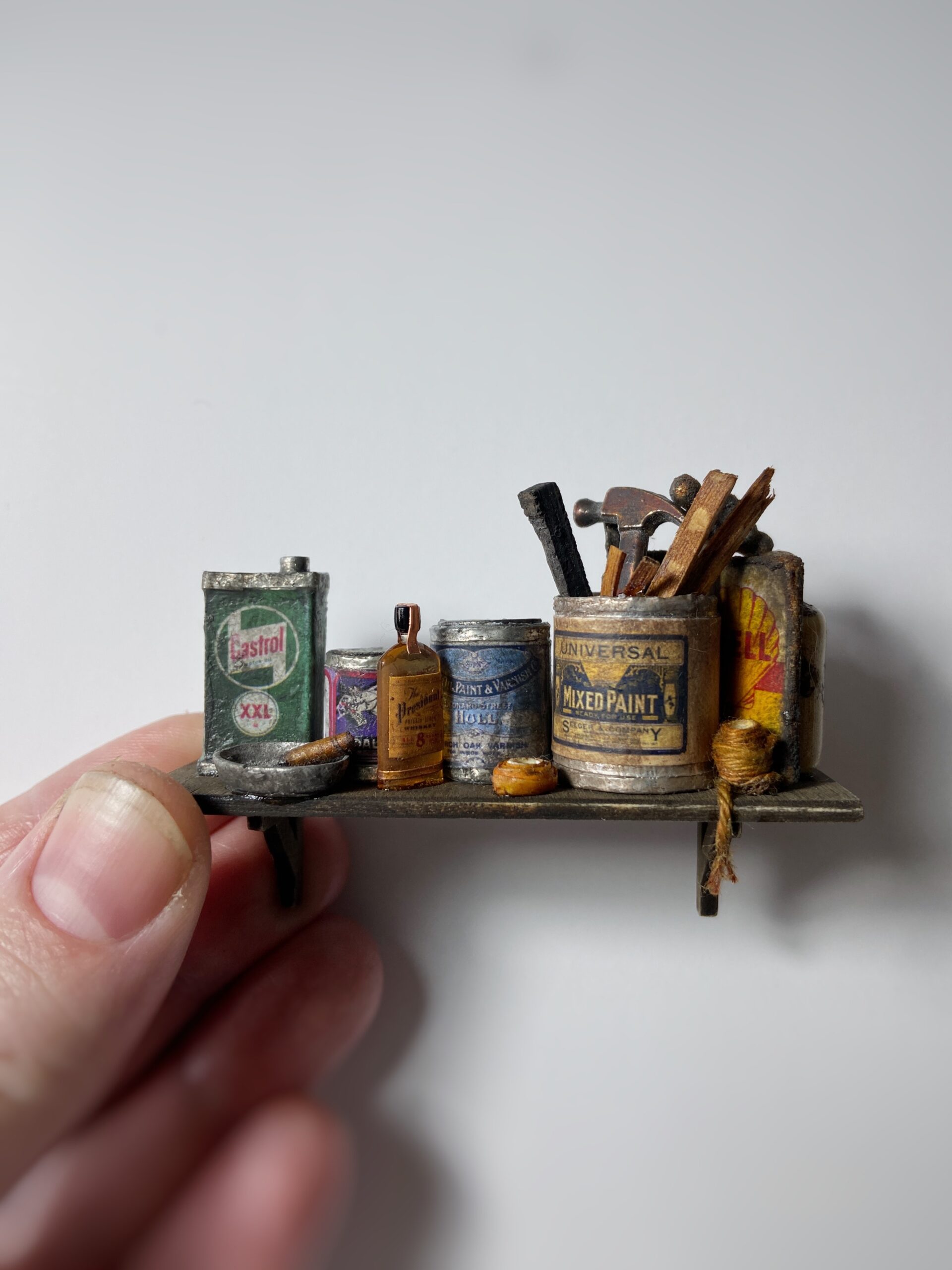
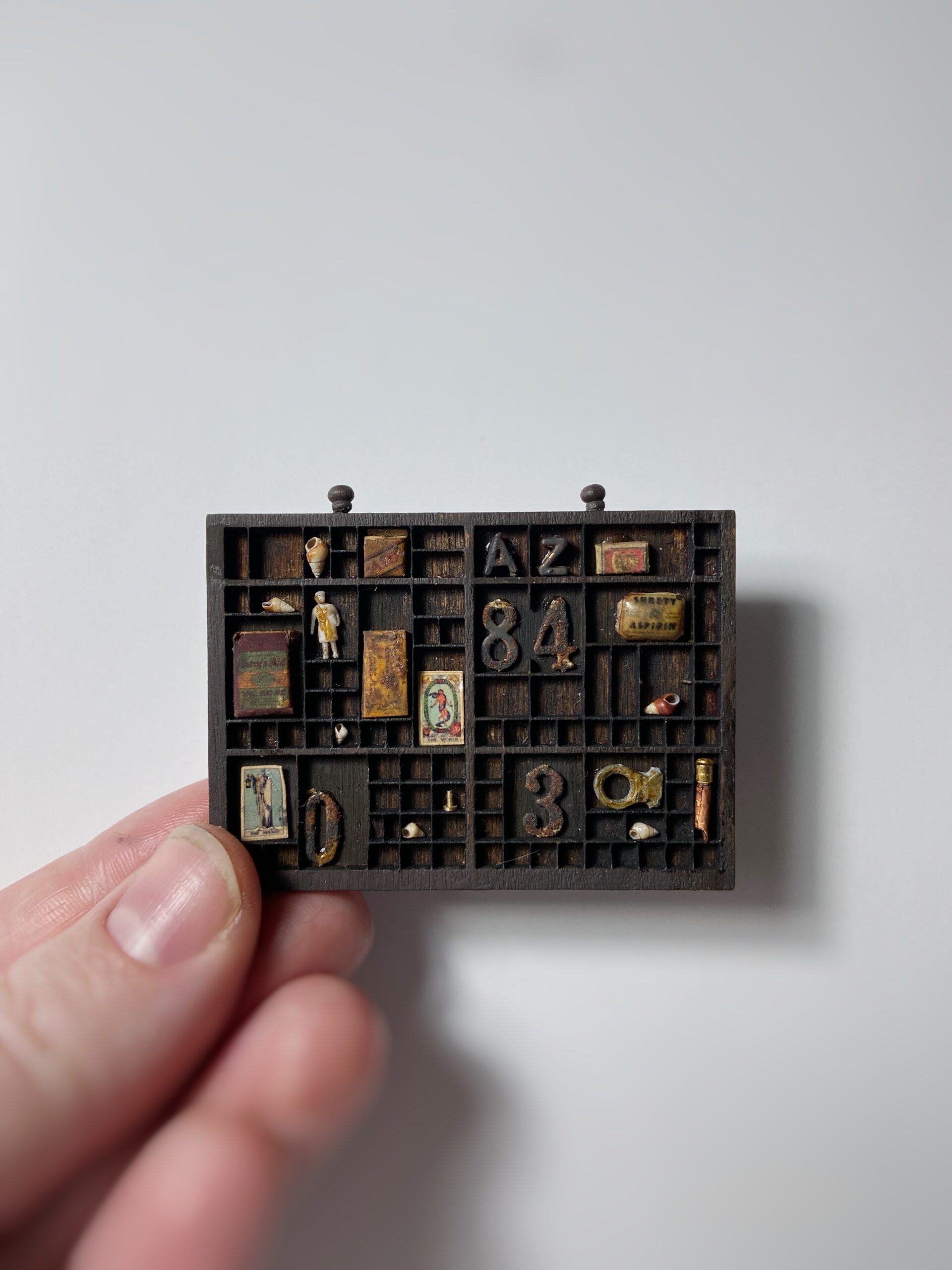
Where do you find inspiration for your miniature creations?
Normal, mundane, everyday life! We’re used to seeing beautiful replicas of period furniture and fine architecture in miniature but there’s something incredibly endearing about seeing something commonplace and that we usually overlook or dismiss in tiny form. I’m talking overflowing trash bags, well-thumbed books, discarded packets of food, old and broken furniture and that one drawer in the house that’s full of truly random crap (everyone has one). All of these things tell a story about the people who’ve interacted with them in some way and there’s something incredibly beautiful about the traces of themselves people leave behind on objects and in spaces and places. It’s about showcasing that beauty can be found in anything, and strangely, minifying them seems to make people appreciate them suddenly.
We’re sure you use modeling materials such as balsa wood and plaster, but are there any surprising materials that you incorporate into your wee displays?
A few of the weirder things I use include human hair, old watch parts, electrical capacitors (they make great bottles and cans and come in a multitude of sizes), popcorn kernels (for adding weight and moldability to different textiles) and an obscene amount of isopropyl alcohol (for aging and weathering). I also use super glue in ways it definitely wasn’t invented to be used (that sounds weirder than it should) but it makes a great modeling material when mixed with other things. I’ve experimented a lot with how it interacts with wood, fabric, plastic, metal and other textiles and I’ve got some really interesting results that I still use in my work now. I do stick my fingers together a lot though!

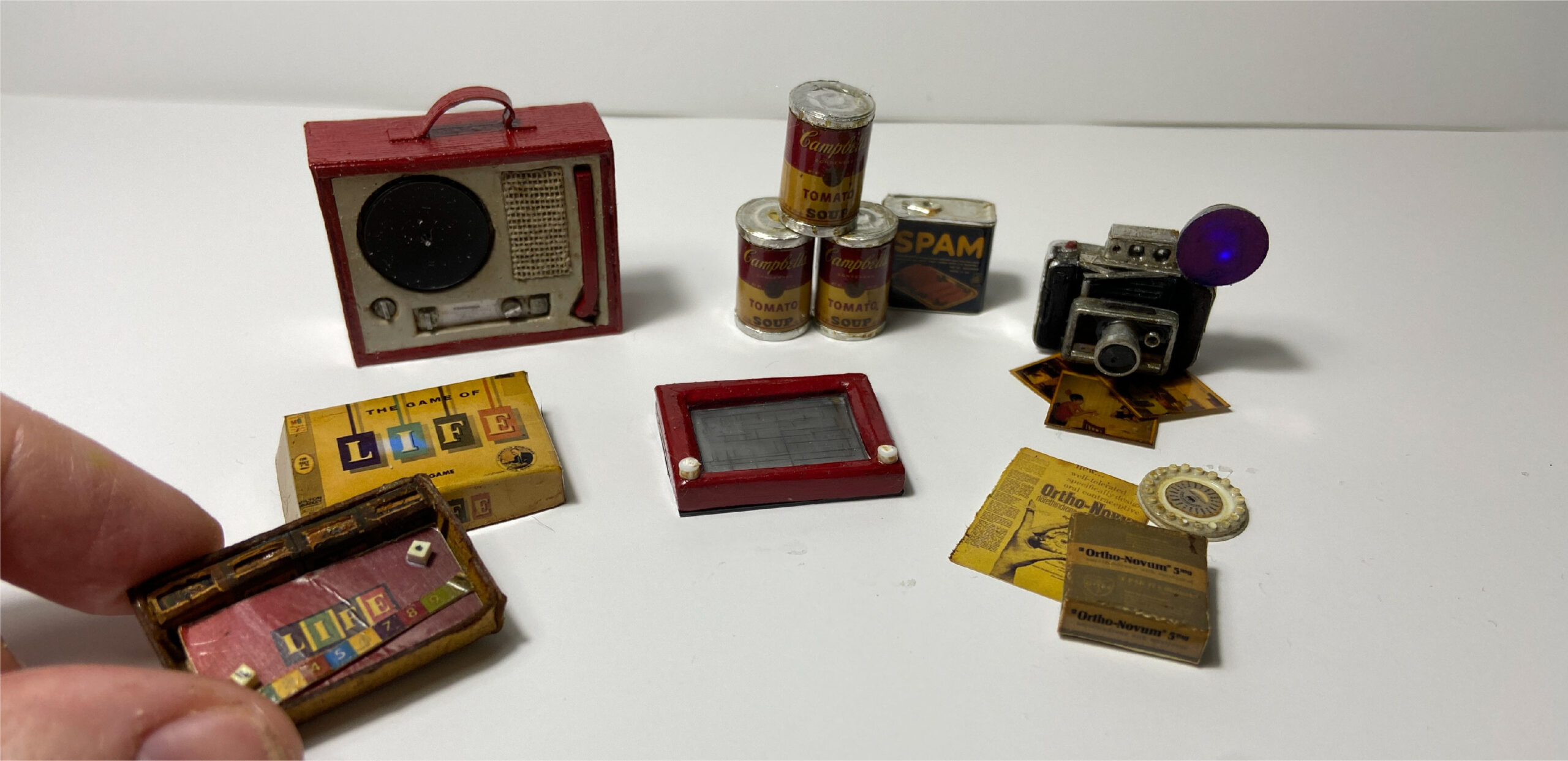

/ 3
What is the most challenging part of creating miniature models and objects?
Time! I could spend hours and hours agonizing over one tiny object I’ve made and how to make it better or more precise but there honestly aren’t enough hours in the day. Good miniatures take time and I don’t know if this is just me, but I always feel like I’m running out of it!? I’m fortunate enough to be able to do this as a full-time career, but juggling being a mum, having a family life, staying ‘relatively’ sane and spending every spare hour on perfecting a miniature I’ve just made is pretty tricky.
What advice would you give to someone who wants to dive into creating their own miniature models and objects?
Start with a cheap kit! To make good miniatures you need to be able to wrap your head around how surfaces, patterns, textures and colors change when they’re scaled down and this can be REALLY overwhelming when starting from scratch. You really need to experiment so starting with an affordable kit as a base (where everything is precut for you) helps your brain get used to working at a different scale. From there you can customize pieces as you go and get inspired into adding more details. Also, don’t expect to make something in miniature and to have it look hyper-realistic straight away – it takes a lot of time, a lot of layers and a lot of love to get things as accurate as possible in miniature, so don’t lose heart. Just experiment, have fun and keep going.

